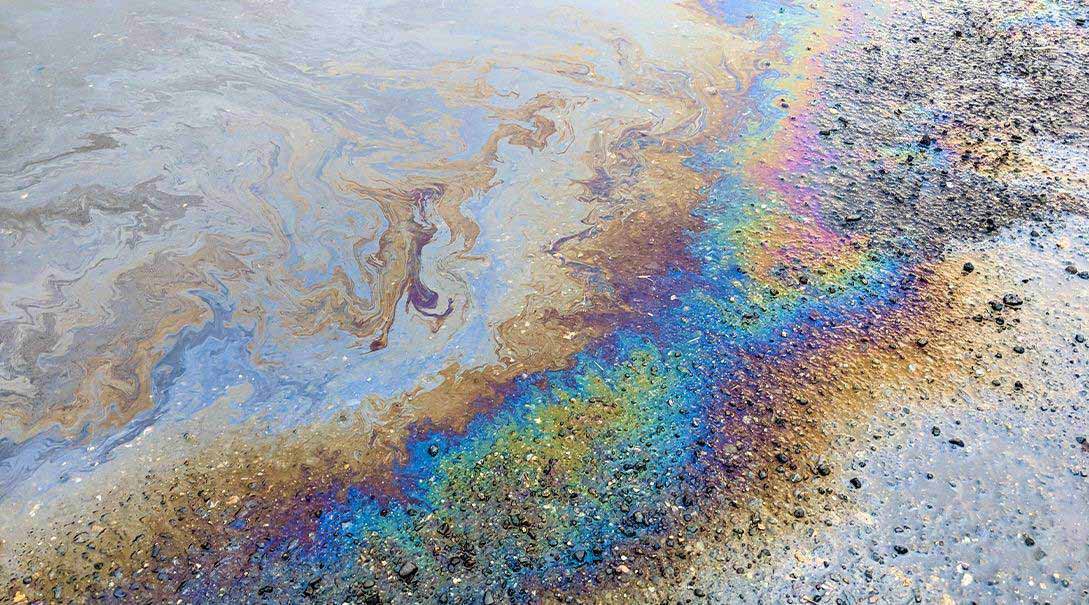Environmental remediation is the process of removing contaminants from soil, groundwater, sediment, and air to restore land and protect human health. For Florida businesses, contractors, and municipalities, remediation isn’t just about compliance; it’s about creating safer communities, protecting ecosystems, and unlocking the value of previously unusable land.
Whether you’re facing brownfield redevelopment, groundwater cleanup, or hazardous waste disposal, the benefits of environmental remediation services extend far beyond the project site.
Table of Contents
Benefits of Environmental Remediation Services
These services are critical for numerous reasons, ranging from the direct impact on the land to reduced regulatory risk for the landowner. Here are a few key benefits:
1. Restore Land for Safe Use
Contaminated properties can pose risks for years if left untreated. Soil remediation restores microbial activity, prevents erosion, and prepares the land for redevelopment. In Florida, remediated sites are often transformed into housing, parks, and commercial developments that revitalize local communities.
2. Ensure Reliable, Tailored Results
No two sites are the same. AOTC’s remediation consultants design customized strategies from bioremediation to groundwater treatment based on site-specific conditions. This ensures faster, cost-effective results that meet DEP and EPA standards.
3. Protect Human Health
Hazardous chemicals in soil and water increase the risk of asthma, cancer, and developmental issues. Cleanup reduces these risks for residents, employees, and future tenants. After lead-contaminated soil cleanups, for example, children’s blood lead levels drop significantly, improving community health outcomes.
4. Support Data-Driven Decision Making
Advanced testing and environmental monitoring give stakeholders clear information on contamination levels and risks. This data supports informed decision-making, reduces project delays, and builds trust with regulators and communities.
5. Access Multi-Disciplinary Expertise
Remediation requires geologists, engineers, hydrogeologists, and regulatory experts. AOTC’s diverse team ensures every technical and compliance detail is addressed, delivering accurate, lasting results.
6. Boost Property Value and Land Productivity
Cleanup transforms liabilities into assets. In Florida, remediated brownfields have been converted into residential complexes, coastal parks, and commercial properties that generate revenue and strengthen the tax base.
7. Simplify Regulatory Compliance
Florida DEP and federal regulations are complex. AOTC’s established relationships with regulators streamline the process, reduce liability, and position clients for long-term compliance.
8. Restore and Protect Ecosystems
Environmental cleanup strengthens ecosystems by restoring wetlands, improving stormwater management, and increasing biodiversity. These improvements reduce flooding risks and contribute to climate resilience across Florida.
9. Protect Infrastructure and Equipment
Pollutants accelerate the deterioration of underground utilities and building materials. Remediation prevents costly damage, extending the life of critical infrastructure and reducing maintenance expenses.
10. Enhance Community Aesthetics and Appeal
A clean, safe property is more attractive to investors, developers, and residents. Remediation eliminates odors, improves water quality, and creates sites that inspire community growth and confidence.
Your Environmental Remediation Services Partner
Environmental remediation is not a one-time effort; it is an ongoing responsibility. After the initial cleanup is complete, sites require continuous monitoring and documentation to remain in compliance with the Florida Department of Environmental Protection (DEP) and federal EPA standards.
AOTC provides clients with comprehensive post-remediation support, including:
- Long-Term Monitoring Programs: We perform routine soil, groundwater, and air quality testing to ensure contaminant levels remain within safe limits. This ongoing verification protects both the environment and the communities that rely on it.
- Regulatory Reporting and Documentation: Our team prepares and submits all required reports to the DEP and EPA, ensuring that you stay ahead of deadlines and avoid costly penalties. With AOTC handling compliance, you can focus on your core operations.
- Site Management Consulting: Beyond monitoring, we provide strategic consulting on redevelopment opportunities, land reuse, and risk management. This guidance helps property owners maximize the value of their investment while maintaining regulatory compliance.
- Adaptive Remediation Strategies: Environmental conditions and regulatory frameworks change over time. AOTC’s experts track emerging contaminants, evolving DEP requirements, and advances in remediation technology to keep your site compliant and future-ready.
By choosing AOTC, you gain more than a remediation contractor; you gain a long-term partner. Our ongoing support ensures that your site remains safe, compliant, and primed for future development, protecting both your bottom line and the communities you serve across Florida.
FAQs
What is environmental remediation?
Environmental remediation is the process of cleaning up contaminated soil, water, or air to protect health and restore land for safe use.
How long does a remediation project take?
Projects can last from weeks to months, depending on contamination levels and site size.
Is remediation required in Florida?
Yes, the Florida DEP enforces regulations requiring assessment and remediation of contaminated properties.
What industries benefit from remediation services?
Developers, construction firms, municipalities, oil and gas, and utilities all use remediation to reduce risk and unlock property value.
